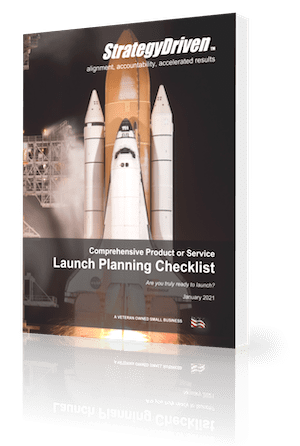The Players: Identifying Workplace Politics Participants
 In every office setting, there exists a complex web of relationships and dynamics that can often be likened to a high-stakes game of chess. As we navigate through the intricate world of workplace politics, it becomes imperative to identify the key players and understand their roles in this strategic game. From the mastermind manipulators to the unsuspecting pawns, each individual wield a certain level of influence that can impact the overall dynamics of the organization. In this article, we will delve into the world of workplace politics and shed light on the various participants that shape the game.
In every office setting, there exists a complex web of relationships and dynamics that can often be likened to a high-stakes game of chess. As we navigate through the intricate world of workplace politics, it becomes imperative to identify the key players and understand their roles in this strategic game. From the mastermind manipulators to the unsuspecting pawns, each individual wield a certain level of influence that can impact the overall dynamics of the organization. In this article, we will delve into the world of workplace politics and shed light on the various participants that shape the game.
Identifying the Players: Recognizing the Different Types of Workplace Politicians
Understanding the different types of workplace politicians is essential for navigating office politics successfully. These individuals can have a significant impact on your career trajectory, so being able to recognize and deal with them is key. Here are some common types of workplace politicians:
- The Climber: This type of player is always looking to advance their own career, often at the expense of others. They are highly ambitious and will do whatever it takes to get ahead, including stepping on their coworkers.
- The Puppet Master: Puppet masters are skilled at manipulating those around them to achieve their own goals. They are often charming and charismatic, but their intentions may not always be genuine.
- The Bystander: These individuals prefer to stay out of office politics and avoid conflict at all costs. While they may seem harmless, bystanders can sometimes inadvertently get caught up in the drama.
- The Gossip: Gossips thrive on spreading rumors and information about their coworkers. They can be a source of entertainment in the office, but their behavior can also be harmful and divisive.
Navigating the Terrain: Understanding the Tactics and Strategies of Key Players
The Players: Identifying Workplace Politics Participants
When navigating workplace politics, it is essential to understand the key players involved. These individuals often shape the dynamics of the organization and influence decision-making processes. Here are some of the main players you may encounter:
- The Power Players: These are the individuals who hold significant influence within the organization. They often have strong connections and are able to sway decisions in their favor.
- The Silent Observers: These employees prefer to stay out of the spotlight but are always watching and analyzing the behavior of others. They may not actively participate in politics but can still have a significant impact.
- The Gatekeepers: These individuals control access to important resources or information within the organization. They can either facilitate or hinder your progress depending on their relationship with you.
Understanding the motivations and tactics of these key players is crucial in successfully navigating workplace politics. By recognizing their roles and strategies, you can better position yourself to handle office dynamics and achieve your goals. Remember, it’s not about playing the game, but understanding the players and making strategic decisions to further your own career.
Dealing with Workplace Politics: Tips for Interacting Effectively with Various Player Types
When navigating workplace politics, it’s essential to recognize the different player types you may encounter. Each individual brings a unique set of skills, motivations, and tactics to the table. By understanding these dynamics, you can interact more effectively and strategically in your professional environment.
Among the various player types, you may encounter include The Strategist, who is always thinking several steps ahead and carefully calculating their next move. The Diplomat excels at building relationships and mediating conflicts, while The Power Player wields influence and leverages connections to get ahead. The Critic thrives on analyzing and critiquing ideas, while The Collaborator fosters teamwork and consensus-building among colleagues.
Final Thoughts…
As you navigate the landscape of workplace politics, remember that identifying the players is just the first step in understanding and managing these dynamics. By recognizing the motivations and behaviors of those involved, you can better position yourself to navigate the complex terrain of office politics. Keep your eyes open, stay informed, and approach each situation with a strategic mindset. With these tools in hand, you’ll be well-equipped to handle the players and their roles in the ever-evolving drama of corporate life. Good luck!











Leave a Reply
Want to join the discussion?Feel free to contribute!